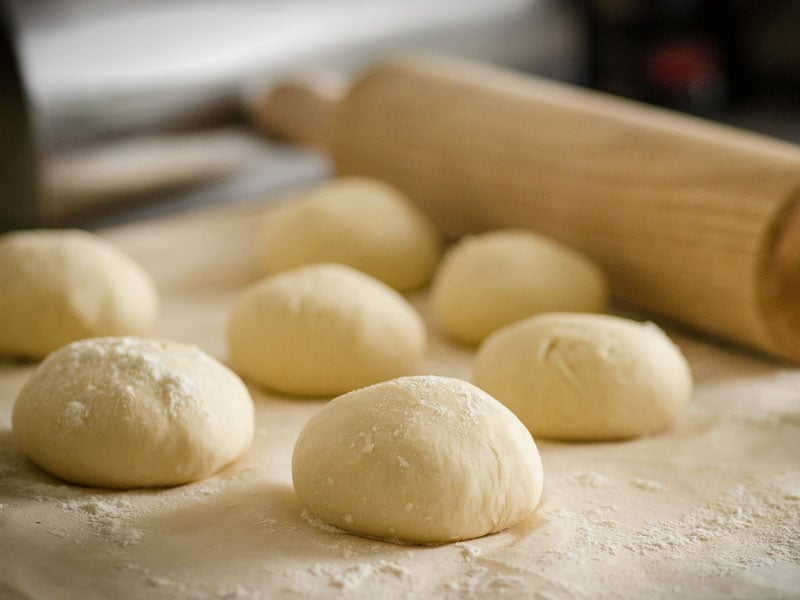If your gluten free dough won’t rise, there are a few things to check. The first thing to check is whether your yeast is good/fresh. Did you proof the yeast? All you have to do is to soak the yeast in liquid for about 10 minutes. If the yeast mixture becomes foamy on top, it is fresh.
When adding liquid to yeast or vice versa, be certain that the liquid is not too hot. Anything over about 120 degrees F may kill yeast. Also, did you use the correct rising temperature? Anything causing the yeast to reach over 120 degrees F, even a very hot oven during the rising period, can kill it.
Ideal rising temperature for an average gluten free dough is 80 degrees F. Use this temperature if your dough is a combination of gluten free flour, starches, gum or gum substitute. When using whole grains or all gluten free flour versus some flour and starch, your dough may benefit from a higher rising temperature. Instead of 80 degrees F, try 84 or even 86 degrees F.
I use the Brod & Taylor Folding Proofer/Slow Cooker for proofing (final rising of) dough. It’s great because you can set the temperature to whatever your dough requires. I like it because it contains a metal tray to place underneath the rack which creates a little steam to keep the top of the dough moist. You can achieve the same thing in your oven (place a tray of water on the oven floor), but unfortunately, an oven’s temp cannot be regulated. I highly recommend a proofer of some sort, but you certainly can make due with what you can afford.
If your yeast is fresh, one thing to ask yourself is, “Is the dough heavy in fat and/or sugar?” due to their weight, butter and sugar take longer to proof/rise. All of that fat and sugar weighs down the other ingredients. To give heavy sweet dough a boost, consider using SAF Gold Instant Yeast.
If you use too much salt, it can also retard rising because salt controls yeast action.
In addition to the above, if you add too much gum or psyllium husk, it does not allow the dough to stretch and rise easily. It is similar to adding too much dry cement to water. There is such a thing as too much structure. You have to have the correct balance of structure (gum or other binder) and liquid. To troubleshoot gluten free dough with too much binder, add more water or other liquid and allow it to rise again.
If your dough doesn’t rise enough, you can also add additional yeast the next time you make it. Of course, it will create more holes. If you add way too much, you risk your dough collapsing upon cooking, or worse, during baking.
Lastly, yeast-risen dough requires patience. Allow the dough to slowly rise, as long as needed. The perfect texture that time creates is worth the wait.


